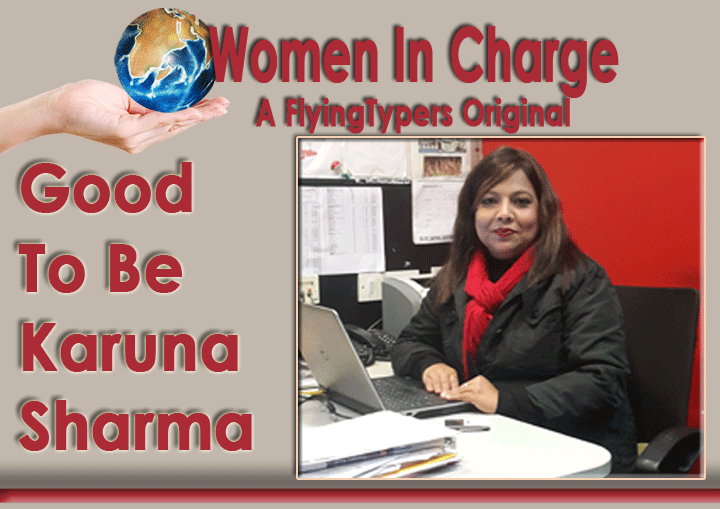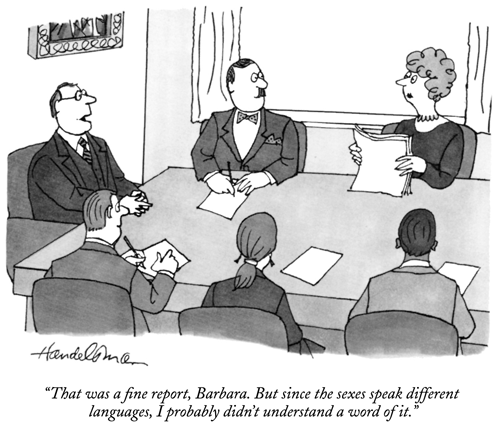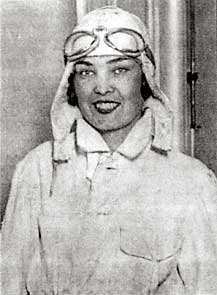
 |
 |
 #INTHEAIREVERYWHERE |
 |
| Vol. 14 No. 20 | Friday
March 6, 2015 |
 |
One study by analysts at Mott MacDonald for the Indonesian
government estimated that Open Skies would generate around 2.9 trillion
Rupiah ($2.23 billion) in additional direct Gross Domestic Product and
an additional 16,000 direct jobs by 2025. If indirect and induced effects
were included, these differentials increased to around 6.3 trillion Rupiah
and 29,000 jobs. |
 |
 One fine day 19 years ago, Karuna Sharma suddenly found herself in the cargo industry. It was a move that she had never considered. The first few days were a learning experience for her, but Sharma has never looked back and would also never switch careers. Her simple reason: “This particular industry is the hub and spoke for all other major industries.” But there is another, more compelling motive why she would never quit air cargo: “Unlike ocean, air export is a fast-paced, quick-decisions industry, which requires quick thinking on the feet and this is what I love most about this particular field.” She did not find her surroundings alien—with so many males around—but one where she could learn the intricacies of the cargo industry. Today, she points out, “There is a perception that the cargo industry is a male-dominated one, but with the opening up of the economy and supply chain subjects becoming mainstream in colleges and universities, I have observed that more women have started to find employment in this field.” As Manager - Air Exports, Co-Load at UTi Worldwide, Sharma has specialized in client claims. On her air export team are members “who are DG qualified to handle such shipments.” Together they make a great team. In praises for her immediate work environment—where teamwork is encouraged—Sharma emphasizes the fact that the fairer sex has a major role to play in the movement of goods. “We are an equal opportunity organization [that] is purely merit-driven and it encourages lady employees to take on senior roles in the management,” she tells us, going further to mention that she is fortunate to work in an organization that espouses these very values: “therefore, I am very confident about my future.” Tirthankar Ghosh |
 |
Get ready for this. |
| A Landmark Series By Richard Malkin |
 We
write about women in air cargo, about female aviators, and because we acknowledge
women as consummate multi-taskers, we must remember to ask: what else can
you do? What else do you do? We
write about women in air cargo, about female aviators, and because we acknowledge
women as consummate multi-taskers, we must remember to ask: what else can
you do? What else do you do? Invariably, women in every industry perform several and various functions in order not to go ‘hysterical,’ a term loved dearly by detractors of feminists like Betty Friedan as it improperly classified and deflected from that general feeling of malaise suffered by so many women who were not put to good use beyond the home. As lovers of all things historical and otherwise, FlyingTypers recently came across an intriguing vintage image of two baby-faced planes rendered in bright primary colors, soaring through the sky against a tilted horizon and setting orange sun. When we say baby-faced, we don’t mean that euphemistically, as if the planes are just a few days old. The planes, quite literally, have baby faces—round, cherubic, ruddy-cheeked, with milk saucer eyes and gold-plaited hair. Stylistically it’s very reminiscent of the Max Fleischer cartoons of the 30s and 40s.  The
children’s book Air Babies was written and illustrated by
a young woman named Elvy Kalep, and at first glance that statement seems
like nothing special. But upon further examination and exploration, we realized
that Kalep was not just or only a children’s book author—she
was also an aviator. And not just any aviator, but the first female in Estonia
to receive a pilot’s license, in 1931. A year later, in May 1932,
Kalep traveled to the United States with the intention of flying back to
Europe—essentially to attempt a solo transatlantic flight. Unbeknownst
to her, another woman had her eye on that particular feat—Amelia Earhart.
The two became friends, and Earhart performed the first solo transatlantic
flight later that month, which put Kalep off of the idea as she would no
longer be the first. The
children’s book Air Babies was written and illustrated by
a young woman named Elvy Kalep, and at first glance that statement seems
like nothing special. But upon further examination and exploration, we realized
that Kalep was not just or only a children’s book author—she
was also an aviator. And not just any aviator, but the first female in Estonia
to receive a pilot’s license, in 1931. A year later, in May 1932,
Kalep traveled to the United States with the intention of flying back to
Europe—essentially to attempt a solo transatlantic flight. Unbeknownst
to her, another woman had her eye on that particular feat—Amelia Earhart.
The two became friends, and Earhart performed the first solo transatlantic
flight later that month, which put Kalep off of the idea as she would no
longer be the first. Despite being one-upped, the two women became good friends, and Kalep joined Earhart in her endeavors to encourage women into the field of aviation, becoming a member of the famous Ninety-Nines. A few years later, in 1936, Elvy Kalep published Air Babies, a story of two young planes named ‘Happy Wings’ and ‘Speedy’ who wished to learn how to fly. Two years later, a reprint of Air Babies included the following foreword from her friend, Amelia Earhart:
Thanks to Gail Chumbley for the photograph above. For more on Elvy and Amelia click here |
It snowed again in
New York City today. |
If
You Missed Any Of The Previous 3 Issues Of FlyingTypers |
| Forward this email to a friend |
| Update Profile To continue receiving FlyingTypers |
Publisher-Geoffrey Arend •
Managing Editor-Flossie Arend • Associate Publisher/European Bureau Chief-Ted
Braun Film Editor-Ralph Arend • Special Assignments-Sabiha Arend, Emily Arend • Advertising Sales-Judy Miller |
|